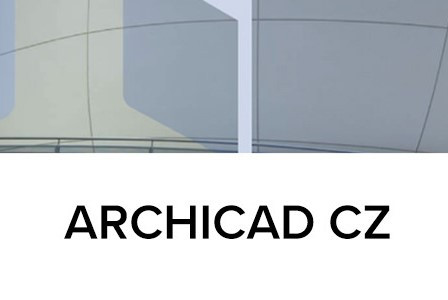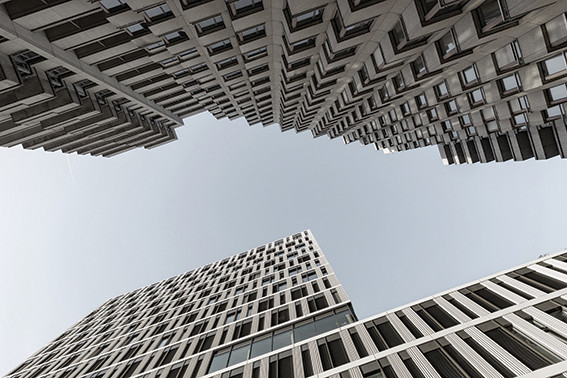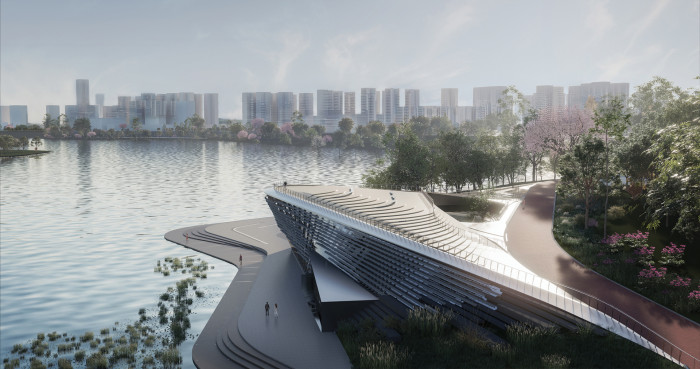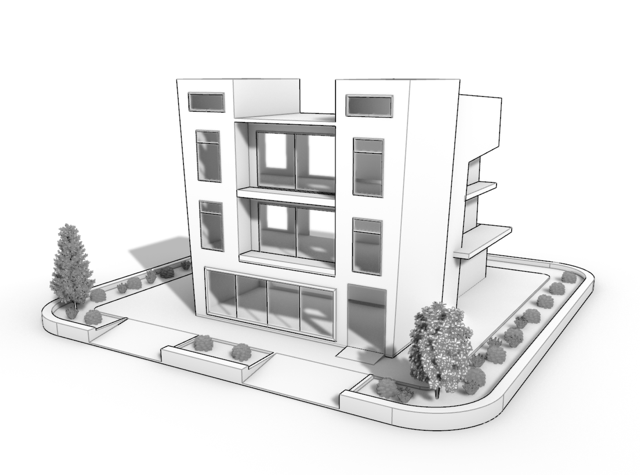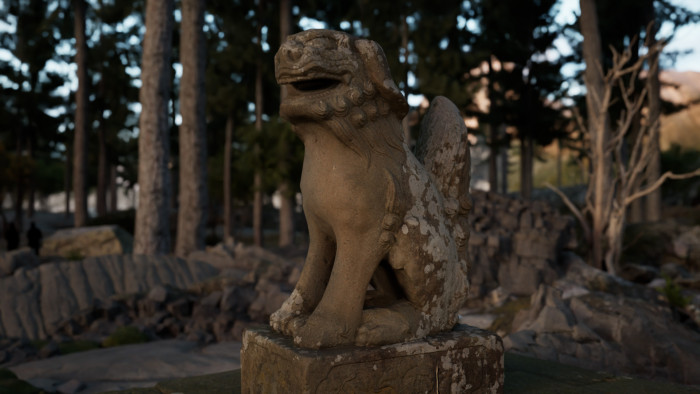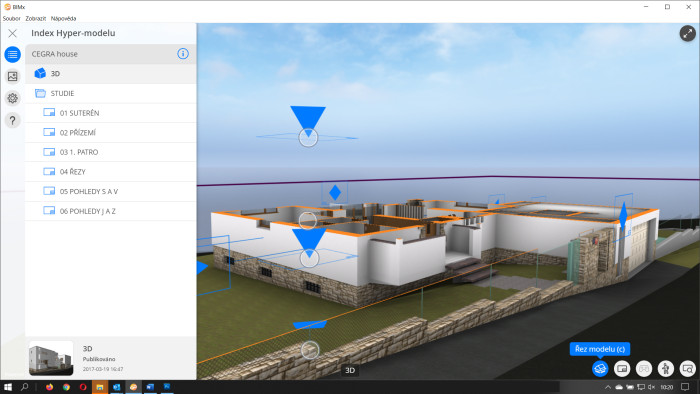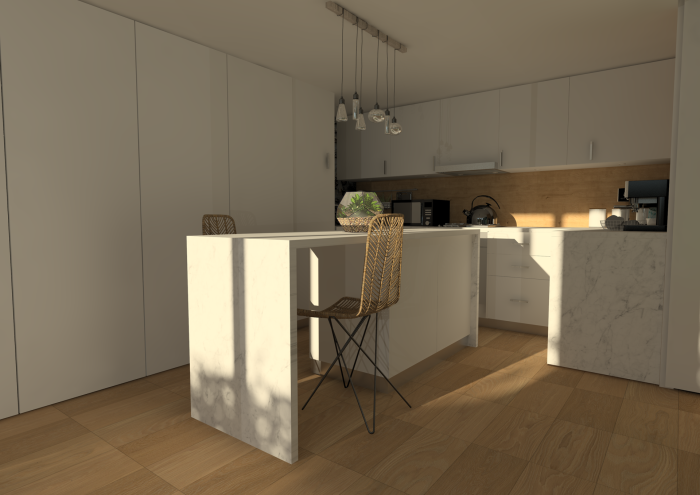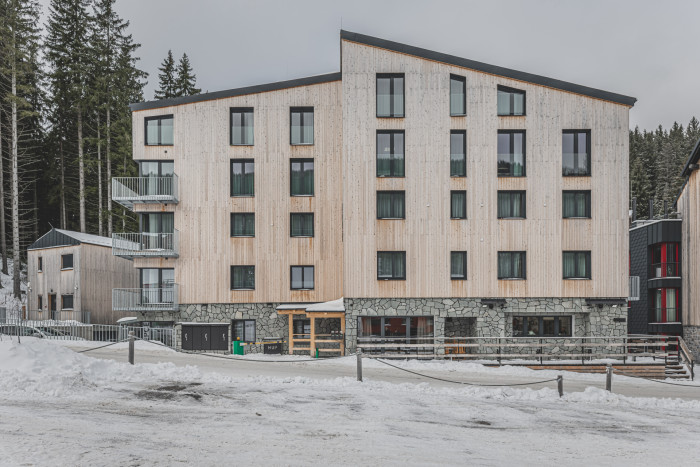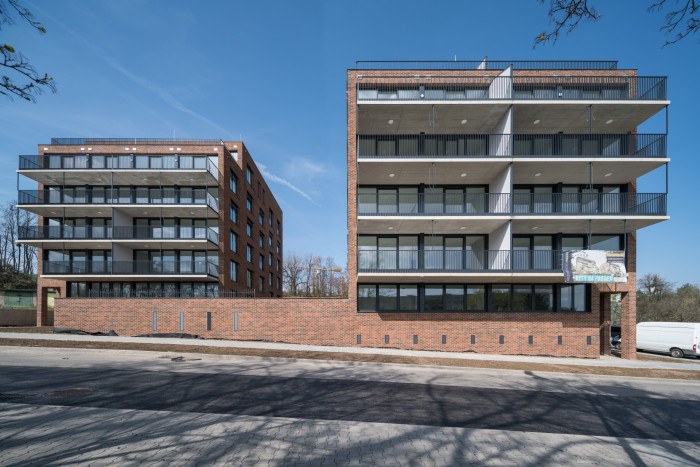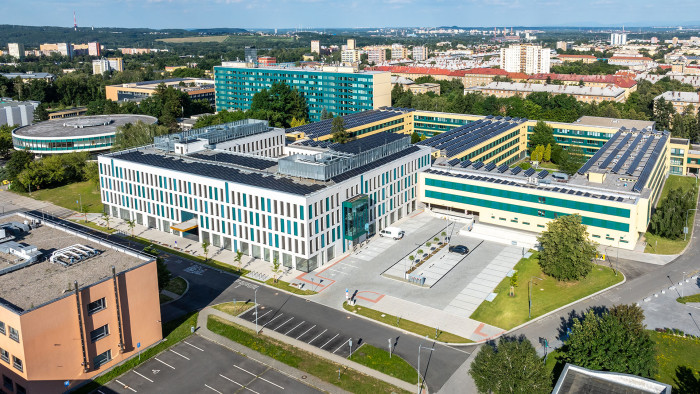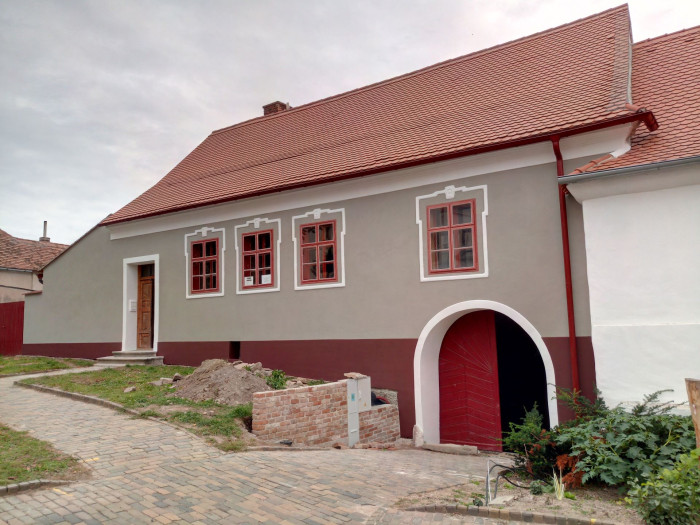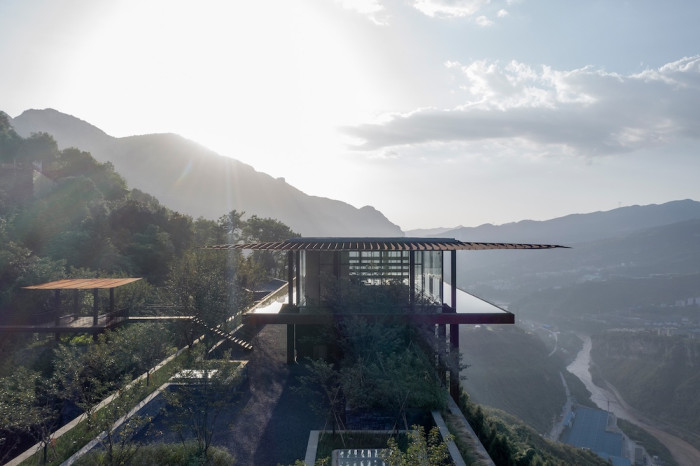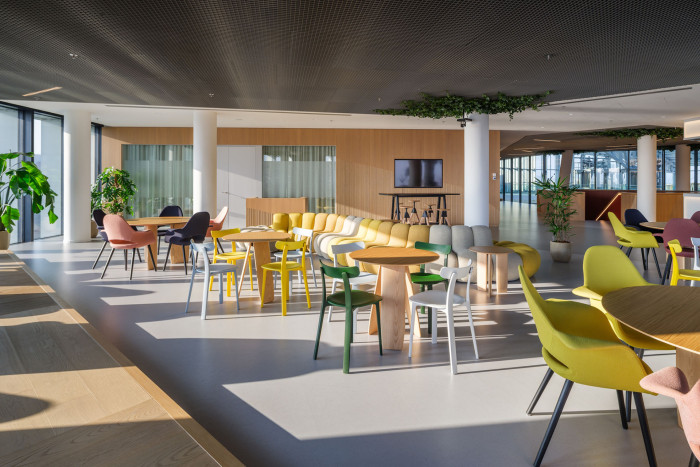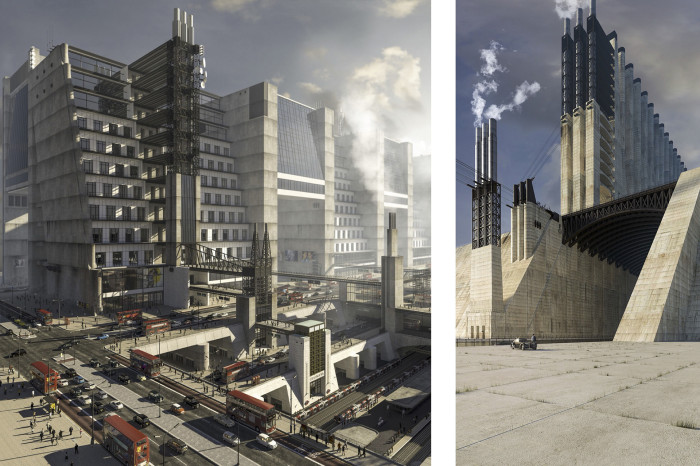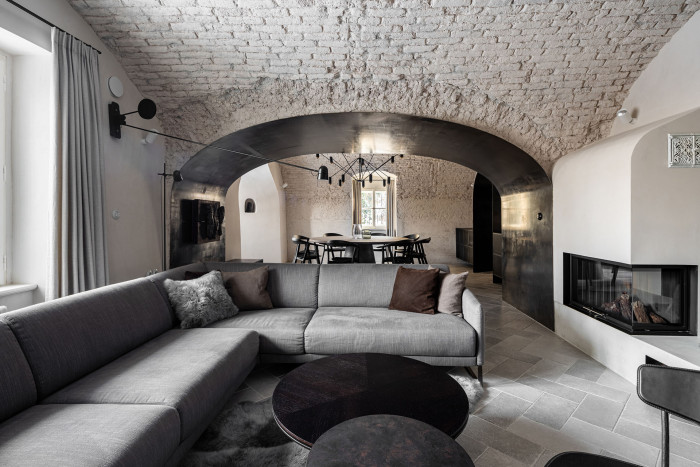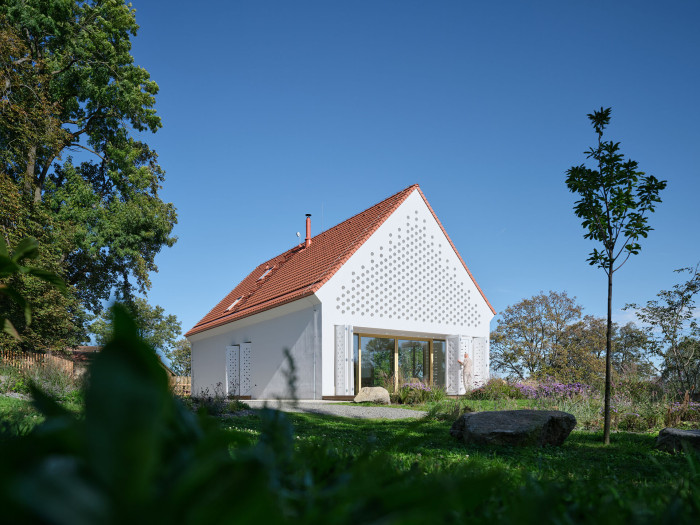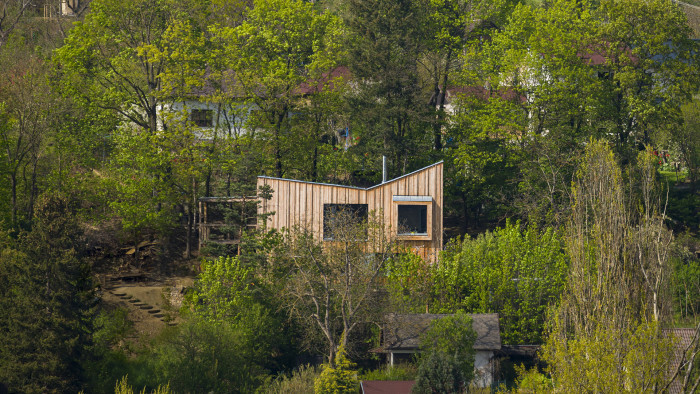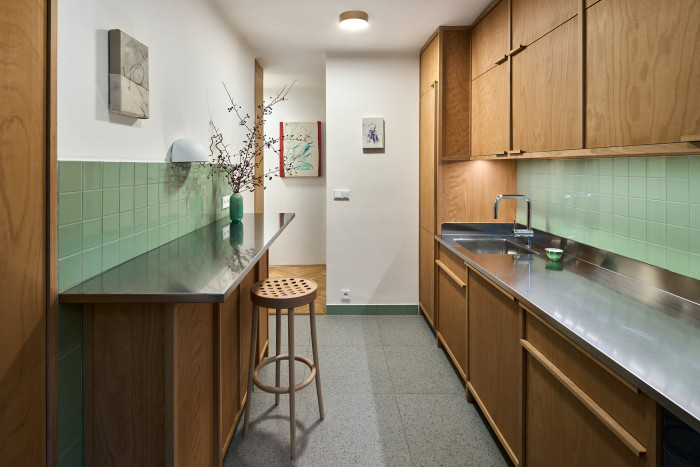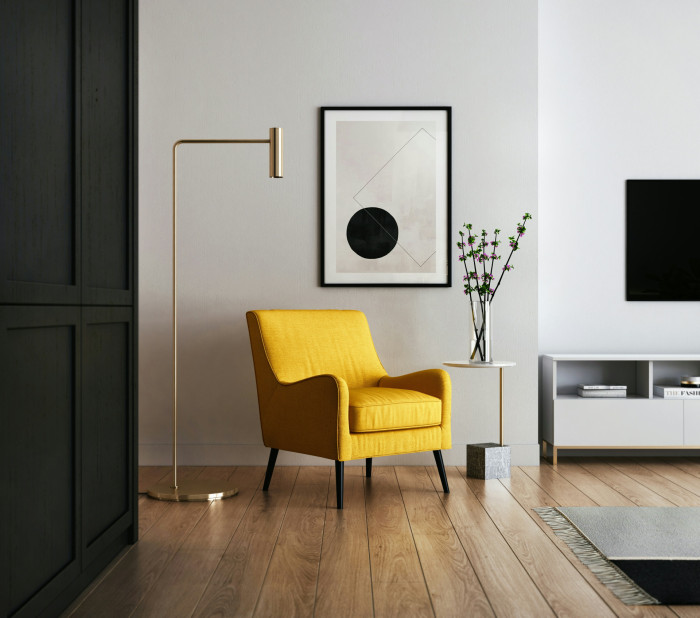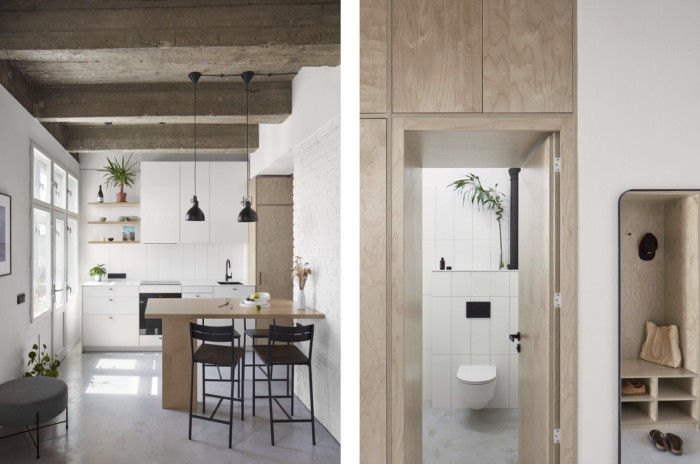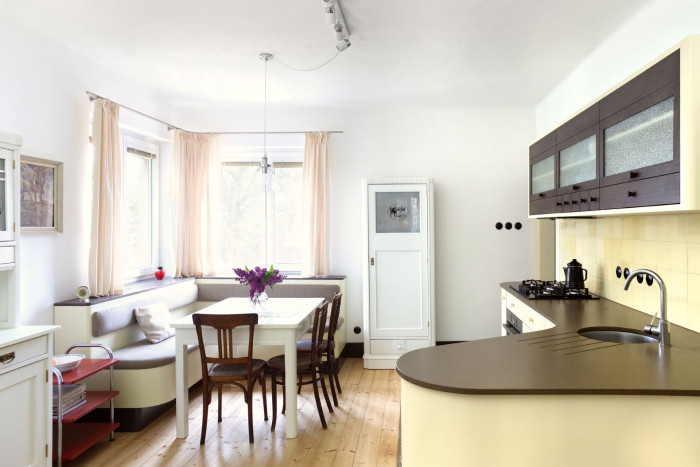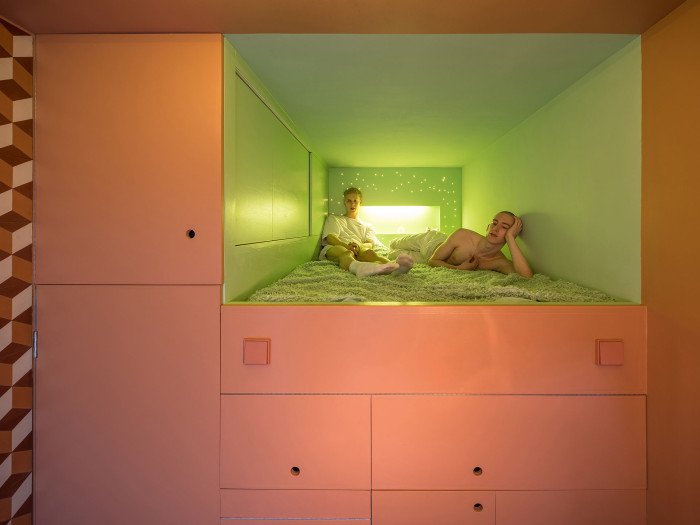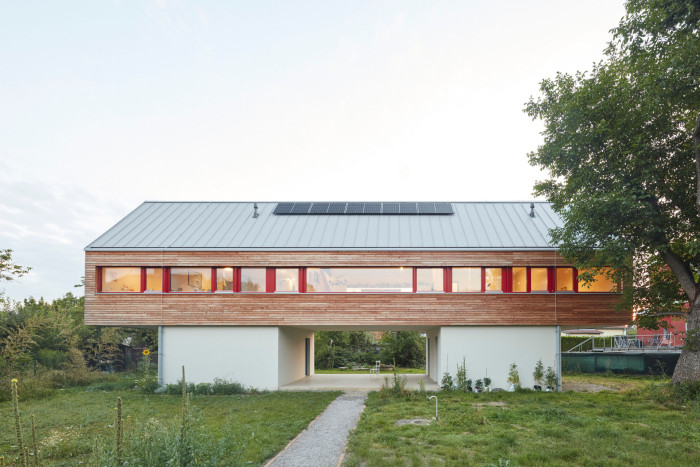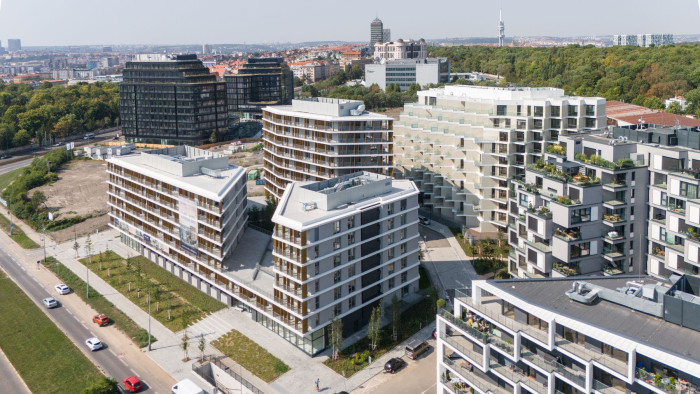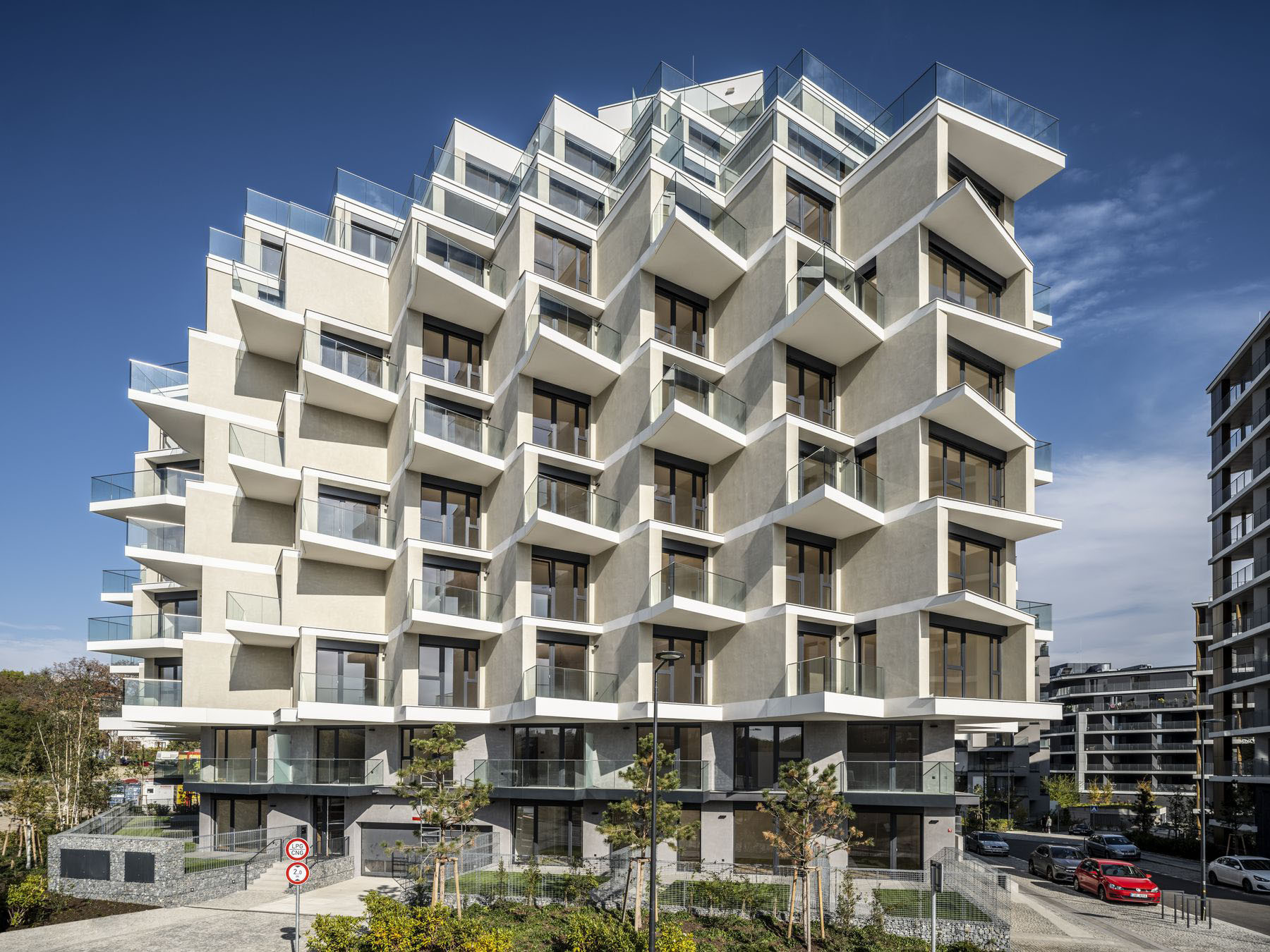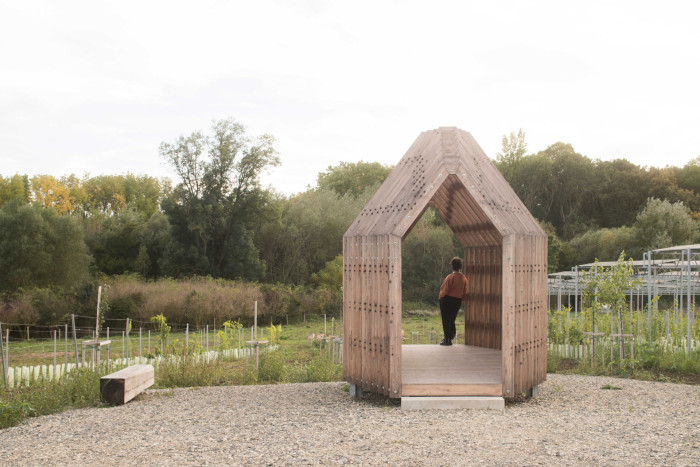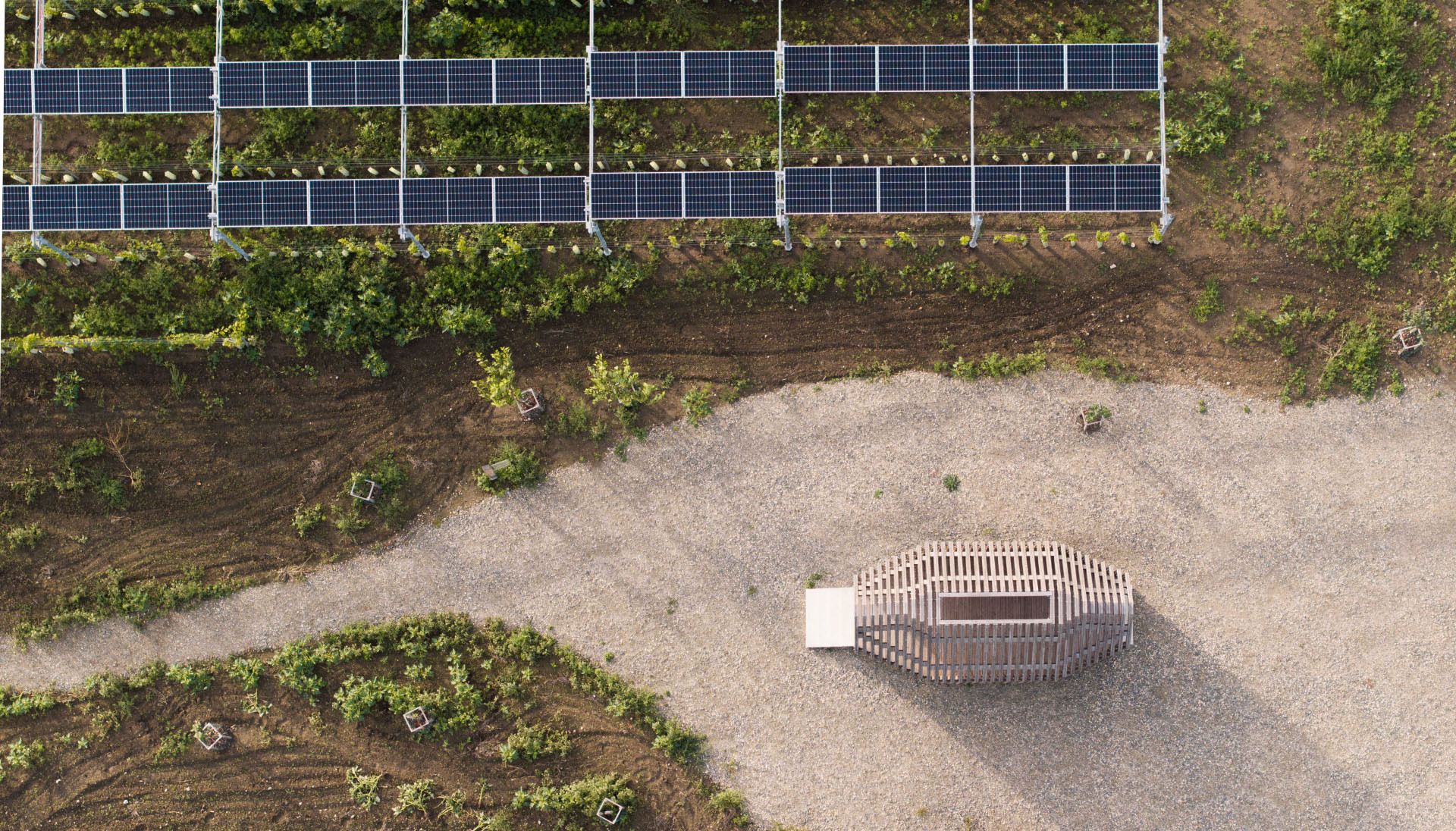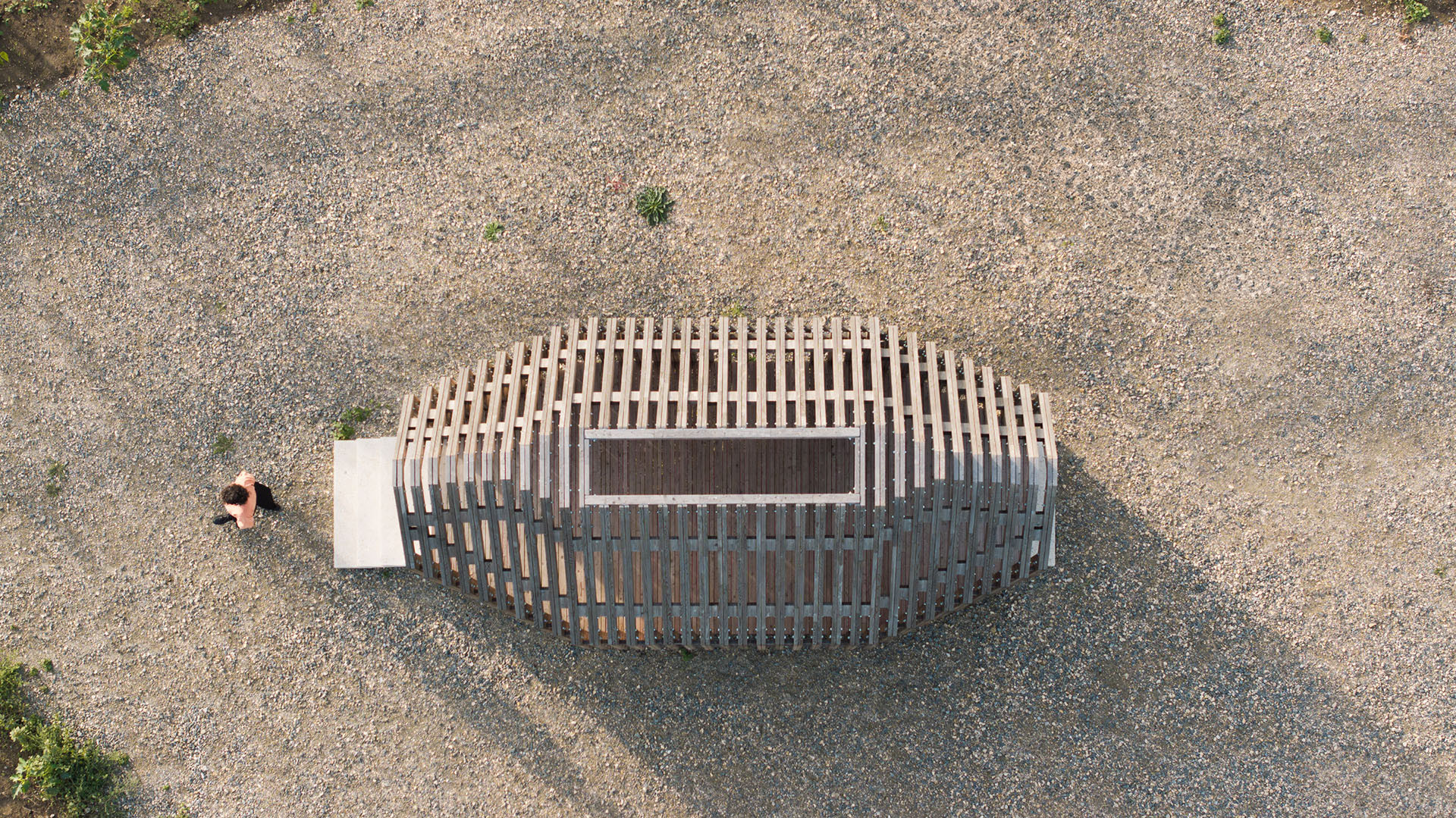Research Pavilion
Located on Stuttgart University’s city centre campus, the “Research Pavilion” aimed to provide both a semi-interior extension of the University’s central public square and a demonstration of the latest developments in material-oriented computational design, simulation, and production processes in architecture.
EARCH.CZ , 5. 9. 2011
authors
INSTITUTE FOR COMPUTATIONAL DESIGN (ICD) / Achim Menges INSTITUTE OF BUILDING STRUCTURES & STRUCTURAL DESIGN / Jan Knippers
cooperation OCHS GmbH , KUKA Roboter GmbH , Leitz GmbH , A. WÖLM BAU GmbH , ESCAD Systemtechnik GmbH , Ministerium für Ländlichen Raum, Ernährung und Verbraucherschutz Landesbetrieb Forst Baden-Württemberg , Diana D'Souza, Karola Dierichs, Andreas Eisenhardt, Moritz Fleischmann, Thomas Irowetz, Oliver David Krieg, Julian Lienhard, Admir Mahmutovic, Peter Meschendörfer, Leopold Möhler, Michael Pelzer, Christopher Robeller, Simon Schleicher, Manuel Vollrath, Kristine Wächter, Konrad Zerbe
location Stuttgart, Germany
placement in Mies van der Rohe Award 2011 shortlisted
The result is a novel bending-active structure made entirely of extremely thin, elastically-bent plywood lamellas that unfold a unique architectural space while at the same time being extremely efficient with the employed material resources.
Material Computation
Material computes. Any material construct can be considered as resulting from a system of internal and external forces and constraints. However, whereas in the physical world material form is always inseparably connected to external forces, in the virtual processes of digital architectural design form and force are usually treated as separate entities. The research pavilion project demonstrates an alternative approach to architectural computational design: here, the computational generation of form and structure is directly driven and informed by physical behavior and material characteristics. Consisting of 6400 lines of code, the computational design process is based on the elastic bending behaviour of birch plywood strips investigated through a large number of physical experiments.
Integral Structure
The initially planar plywood strips are manufactured with a 6-axis industrial robot and subsequently connected so that elastically bent and tensioned regions alternate along their length. The force that is locally stored in each bent region of the strip, and maintained by the corresponding tensioned region of the neighboring strip, greatly increases the structural capacity of the system. In order to prevent local points of concentrated bending moments, the locations of the joints between strips need to oscillate along the structure, resulting in a distinct articulation of the envelope, which is constructed from more than 500 geometrically unique parts. The combination of the pre-stress resulting from the elastic bending during the assembly process and the morphological differentiation of the joint locations enables a very lightweight and materially efficient system of 10m diameter, 83m², and 400kg construction weight. The entire pavilion was constructed using only 6.5 millimeter thin birch plywood sheets that are at the same time spatial envelope and load bearing structure.
Uncomplicated Complexity
The spatial articulation and structural system is based on a half-torus shape. Defining the urban edge of the campus, it touches the ground topography that provides seating opportunities on the street facing corner. In contrast, the torus side that faces the public square is lifted from the ground to form a free-spanning opening. On the inside, the toroidal space can never be perceived in its entirety, leading to a surprising spatial depth that is further enhanced by the sequence of direct and indirect illumination resulting from the convex and concave undulations of the envelope, which finds it form as the equilibrium state of the embedded forces. The synthesis of material, form and performance enables a complex structure to be unfolded from an uncomplicated system, which is both economical to build and materially efficient, while at the same time providing an enclosed and enriched extension of the public space.




